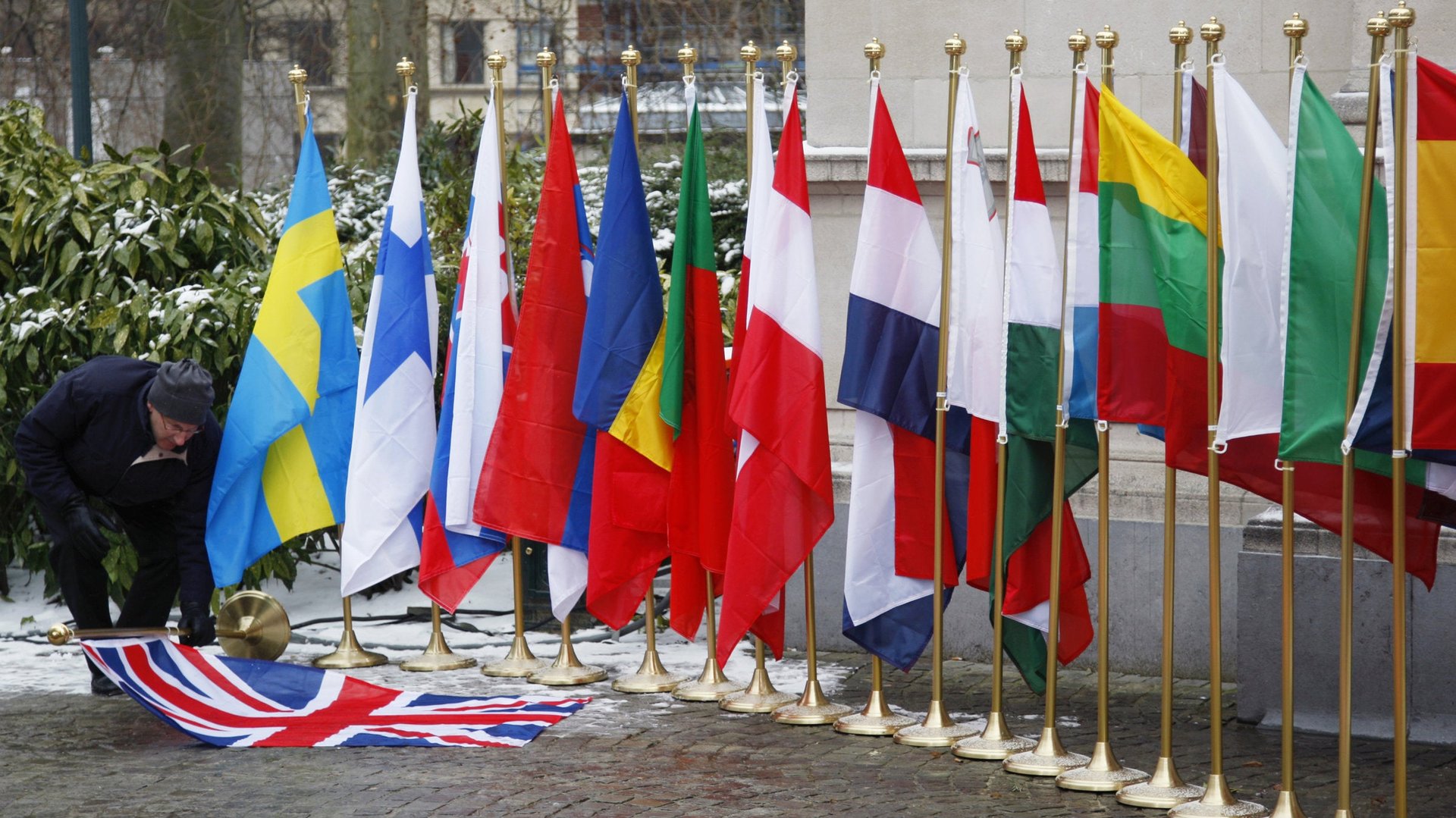How to describe every European economy, in 10 words or less
The European Commission’s latest economic forecast, published today, paints a mildly optimistic picture, with growth on the continent steadily improving, unemployment gradually easing, and inflation remaining low but never tipping over into deflation.


The European Commission’s latest economic forecast, published today, paints a mildly optimistic picture, with growth on the continent steadily improving, unemployment gradually easing, and inflation remaining low but never tipping over into deflation.
The full 184-page document (pdf) is packed with details, but you don’t need to read the entire thing to get a feel for how each EU economy is performing. Each country gets its own chapter in the forecast, and the economists—or their subeditors—give each a pithy title, summarizing its contents in just a few words. This serves as a quick, almost haiku-like assessment of every EU economy. You can also get a feel for shifts in sentiment by tracking how these headings evolve from one forecast to the next.
Of course, you lose a lot of nuance if this is all you read, but you also save a lot of time. And sometimes you only need to know the basics to hold your own in casual conversation—the next time Poland comes up at a cocktail party, for instance, you can note, sagely, that it is finally “regaining economic momentum,” which is a relief since only a year ago it was “flying on one engine.” (If someone asks what you mean by that, pretend that you just received an important text message and politely excuse yourself.)
Below are the country chapter headings from the latest forecast and the one published in February last year. Consider it your cheat sheet on the European economy.
AUSTRIA
BELGIUM
BULGARIA
CROATIA
CYPRUS
CZECH REPUBLIC
DENMARK
ESTONIA
FINLAND
FRANCE
GERMANY
GREECE
HUNGARY
IRELAND
ITALY
LATVIA
LITHUANIA
LUXEMBOURG
MALTA
NETHERLANDS
POLAND
PORTUGAL
ROMANIA
SLOVAKIA
SLOVENIA
SPAIN
SWEDEN
UNITED KINGDOM